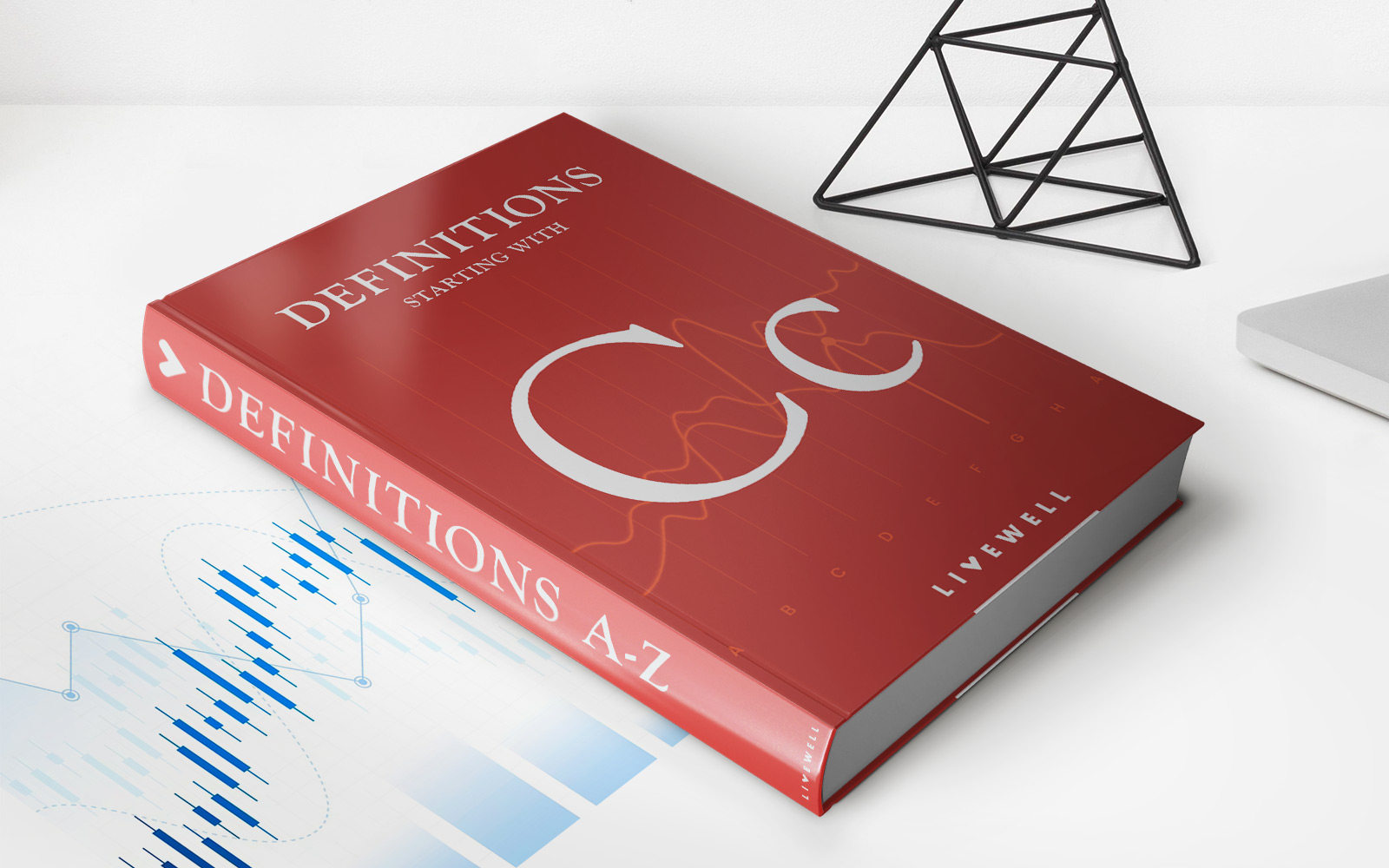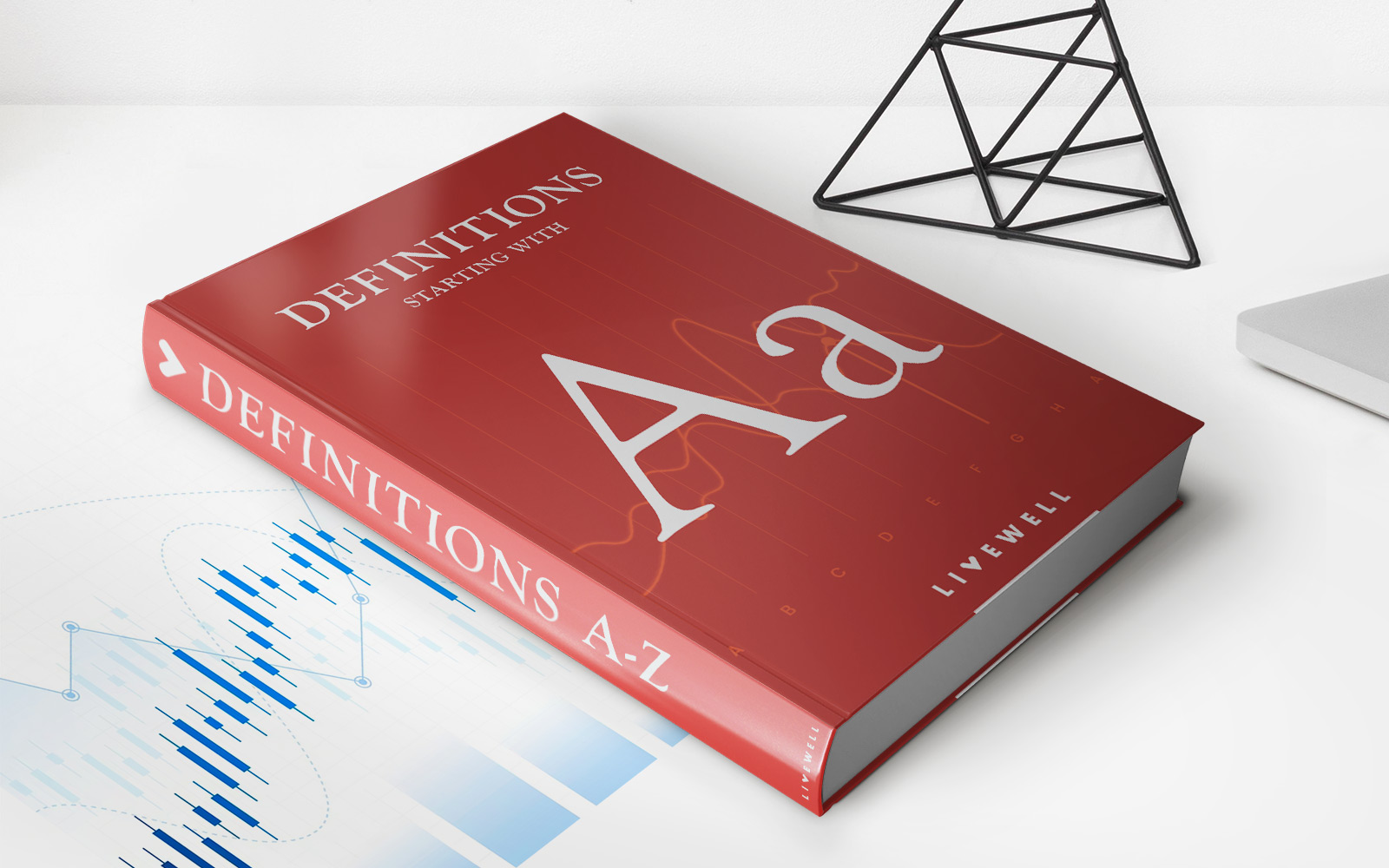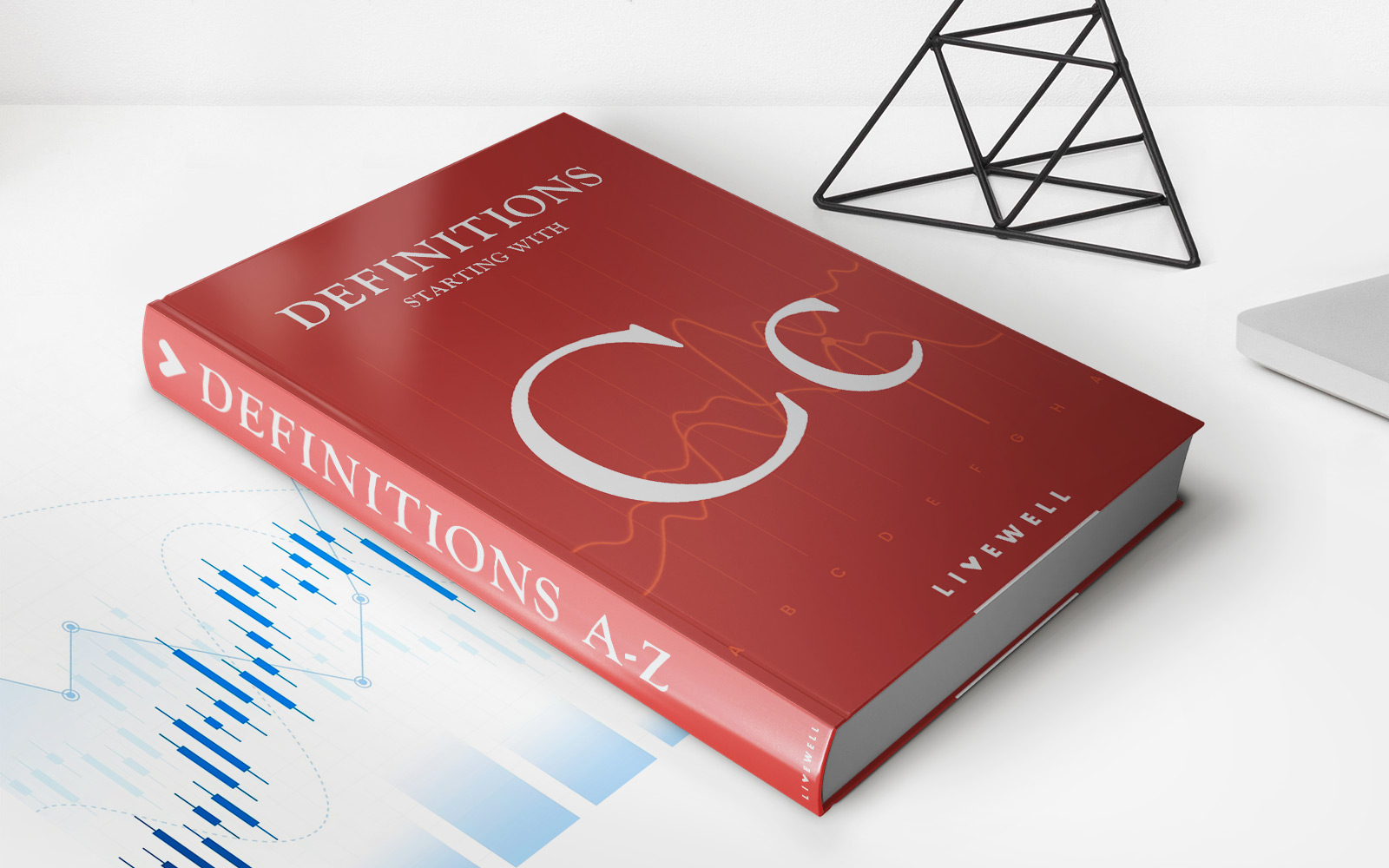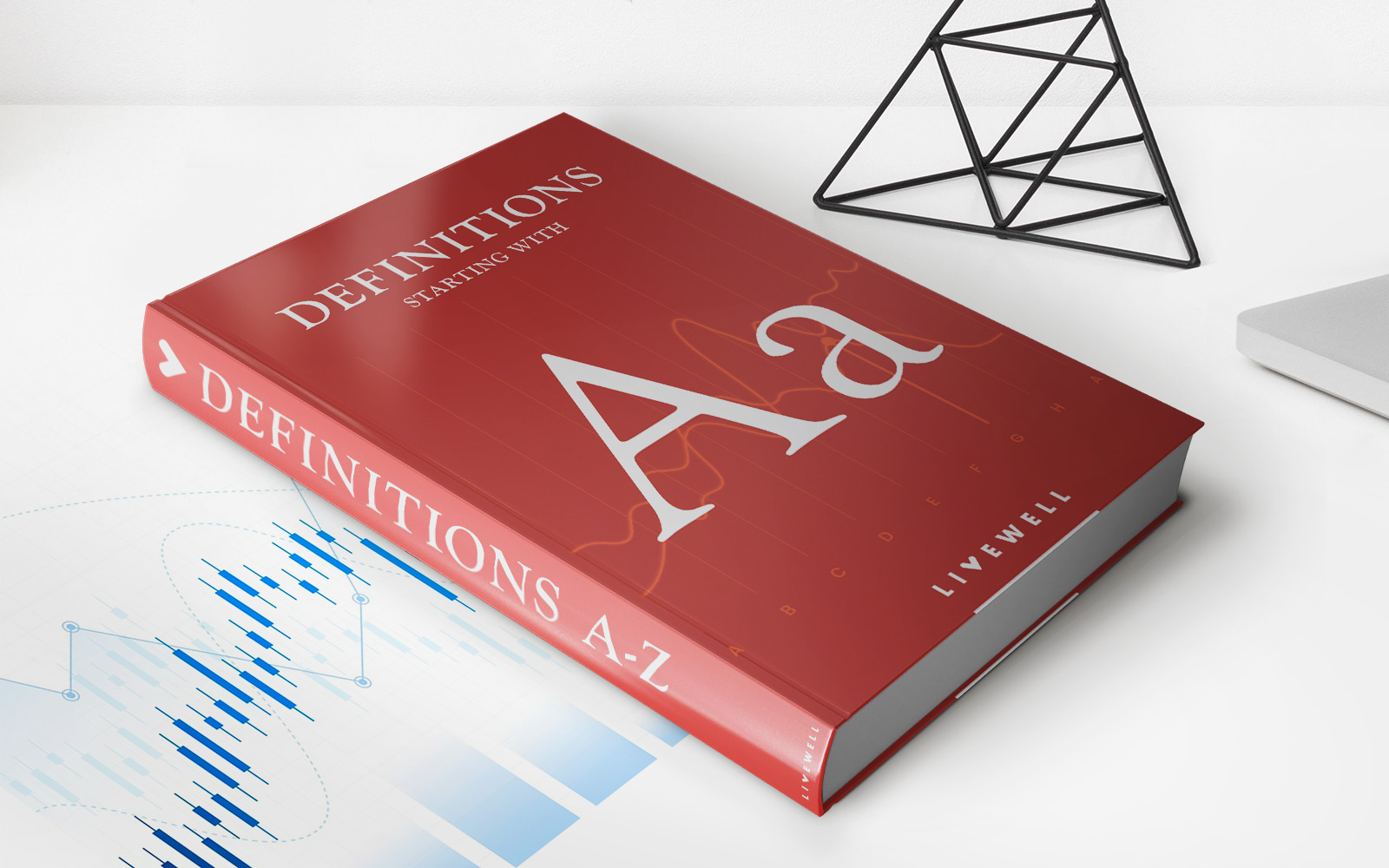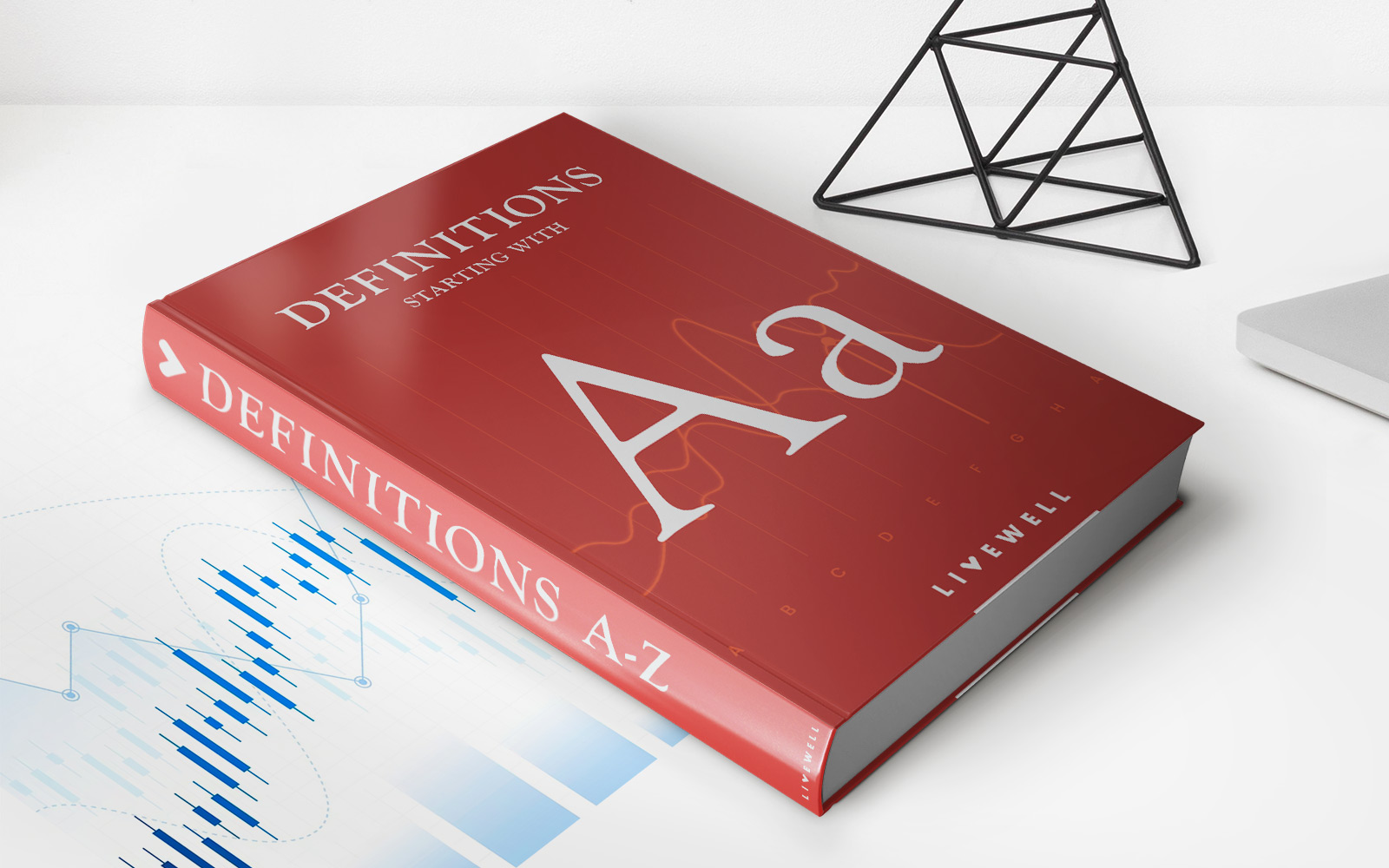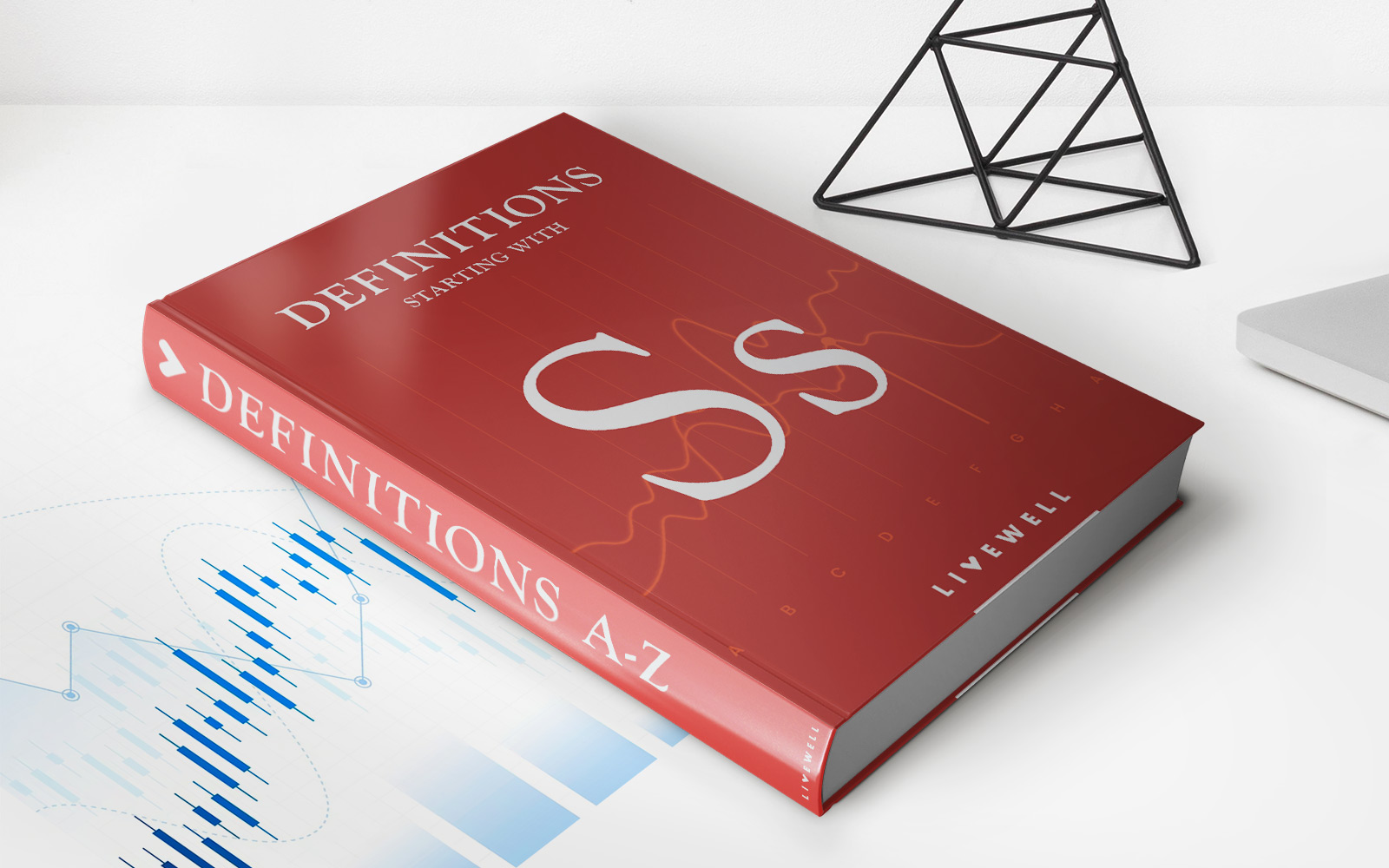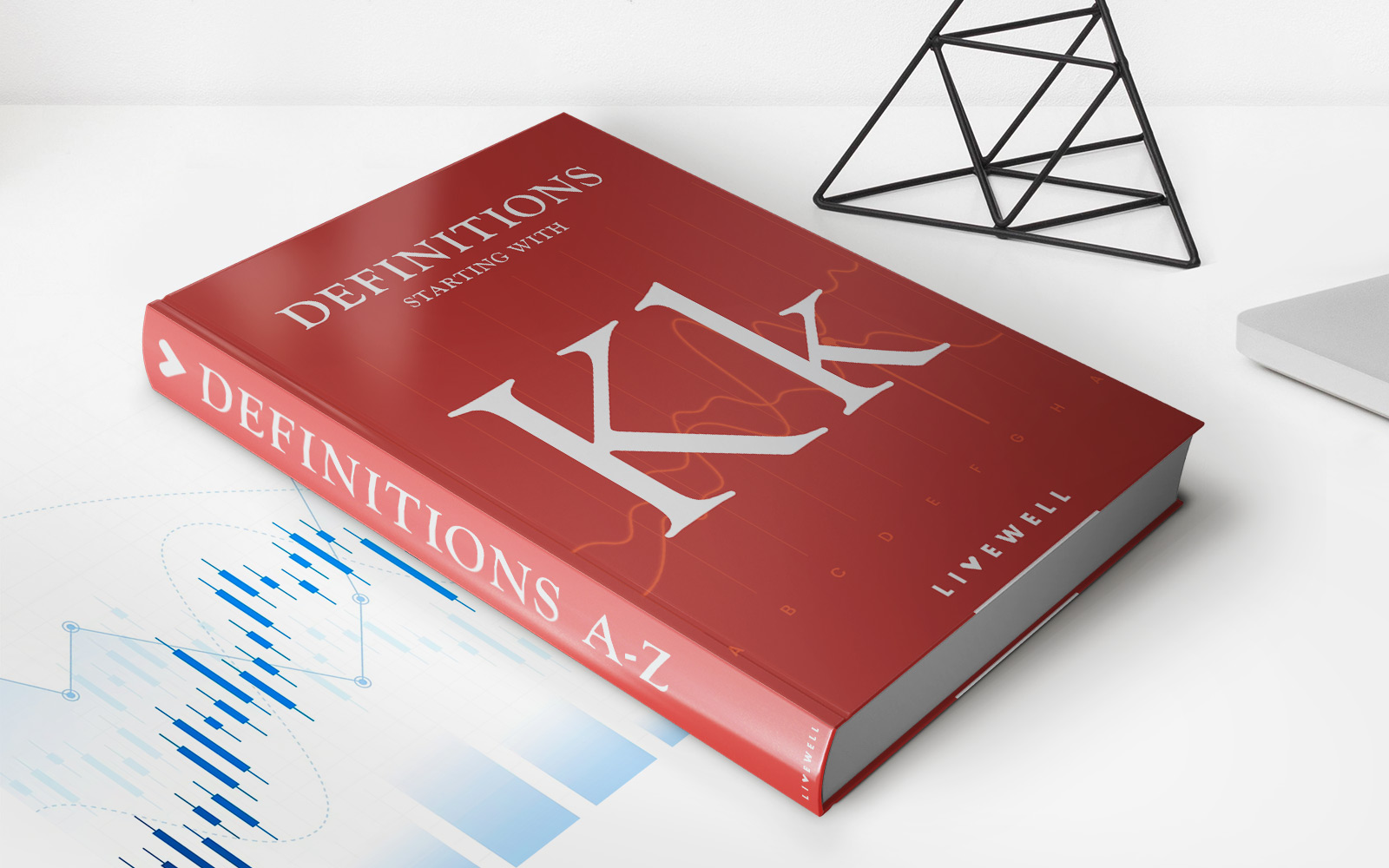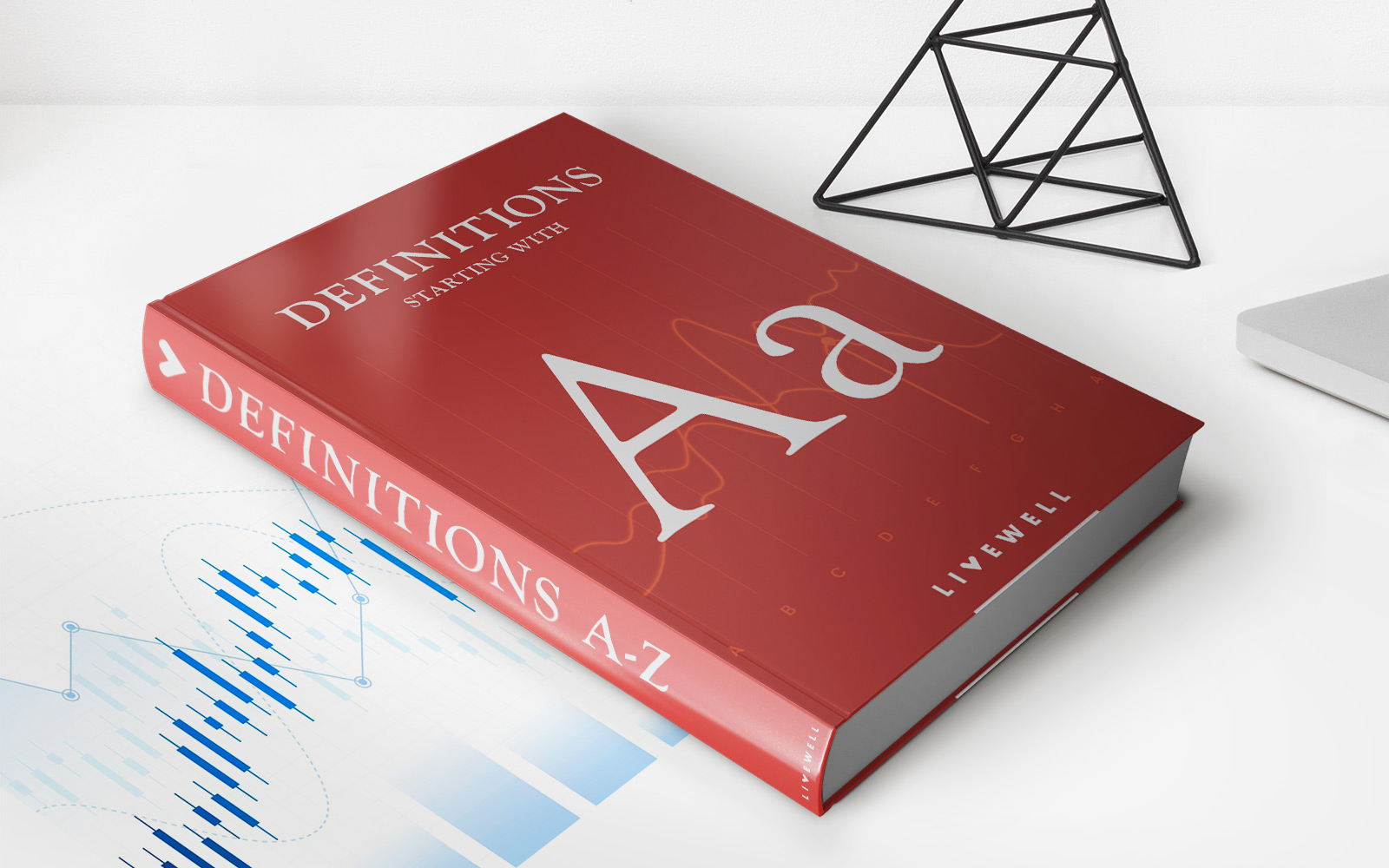

Finance
Moratorium: Definition: How It Works, Examples
Published: December 26, 2023
Learn what a moratorium is in finance, how it works, and explore examples. Understand how this temporary suspension can impact your financial situation.
(Many of the links in this article redirect to a specific reviewed product. Your purchase of these products through affiliate links helps to generate commission for LiveWell, at no extra cost. Learn more)
Moratorium: Definition, How It Works, and Examples
In the world of finance, there are various terms and concepts that can sometimes seem confusing. One such term is a “moratorium.” If you’re curious about what a moratorium entails, how it works, and some examples, you’ve come to the right place.
Key Takeaways:
- A moratorium is a temporary suspension or delay in financial obligations or payments.
- It is often implemented during times of economic crisis, natural disasters, or when individuals or businesses are facing financial hardships.
What is a Moratorium?
A moratorium refers to a temporary suspension or delay in financial obligations or payments. It is typically implemented by financial institutions, governments, or other entities to provide relief to individuals, businesses, or even entire industries during times of economic crisis, natural disasters, or financial hardships.
Moratoriums are designed to give people breathing space from making repayments on loans, mortgages, or other financial commitments. By granting a moratorium, the lender or governing body allows the borrower some flexibility in meeting their financial obligations, providing them with temporary relief.
How Does a Moratorium Work?
When a moratorium is in effect, the borrower is temporarily relieved from making payments or meeting other financial obligations as agreed upon in the original terms of their loan or agreement. This means that during the specified period of the moratorium, the borrower is not penalized for non-payment, and the lender cannot take legal action against them.
It’s essential to note that a moratorium is not a loan forgiveness or cancellation. The borrower is still responsible for repaying the outstanding amount; however, the payment is delayed or rescheduled to a later date. The exact terms and conditions of a moratorium can vary depending on the specific situation, governing body, or financial institution.
During the moratorium period, interest may continue to accrue, adding to the overall outstanding debt. The lender may opt to extend the loan or agreement term to accommodate the postponed payments, resulting in the borrower having to repay the loan over an extended period.
Examples of Moratoriums
Moratoriums can be implemented in various situations, depending on the circumstances. Here are a few examples:
- Pandemic Moratoriums: In response to the COVID-19 pandemic, many countries and financial institutions implemented moratoriums to provide relief to individuals and businesses facing financial hardships due to lockdowns and economic downturn. These moratoriums typically included the suspension or delay of loan repayments, rent payments, and other financial obligations.
- Natural Disaster Moratoriums: After a natural disaster like an earthquake, hurricane, or flood, governments or financial institutions may offer moratoriums to affected individuals or businesses. This allows them to focus on recovery and rebuilding efforts without the immediate burden of financial obligations.
- Student Loan Moratoriums: In some countries, student loans may be subject to moratoriums, especially for individuals facing unemployment or financial difficulties after graduation. During the moratorium period, borrowers are not required to make payments, providing them with temporary relief.
Moratoriums can be a valuable tool for providing temporary financial relief to individuals, businesses, or industries facing unforeseen challenges. They offer flexibility and breathing space, allowing borrowers to navigate through difficult times with a reduced immediate financial burden.
It’s important to understand that the exact terms and conditions of a moratorium can vary, and it’s advisable to consult with the relevant financial institution or governing body for detailed information and eligibility criteria.
Conclusion
A moratorium is a temporary suspension or delay in financial obligations or payments. It offers relief to individuals, businesses, or industries facing economic crisis, natural disasters, or financial hardships. While a moratorium provides temporary respite from repayment obligations, borrowers are still responsible for repaying the outstanding amount. Examples of moratoriums include pandemic relief measures, natural disaster assistance, and student loan pauses. If you find yourself in a challenging financial situation, reach out to relevant financial institutions or governing bodies to understand if you qualify for a moratorium and to receive detailed information about your options.

